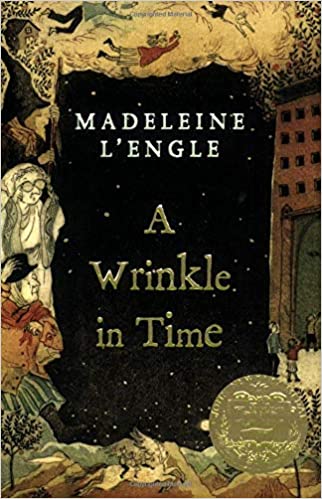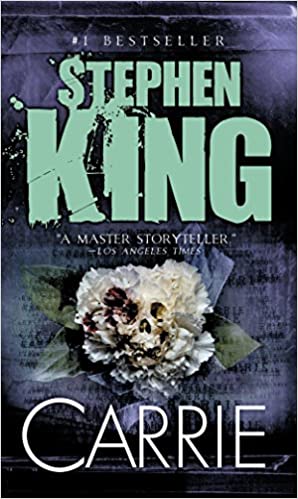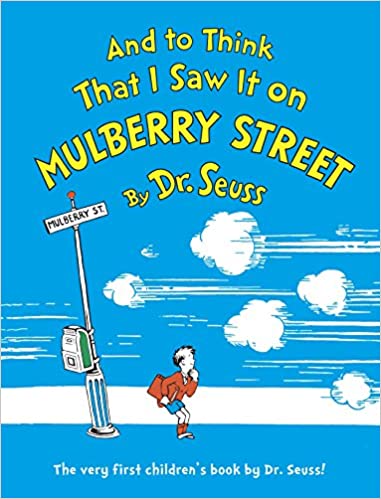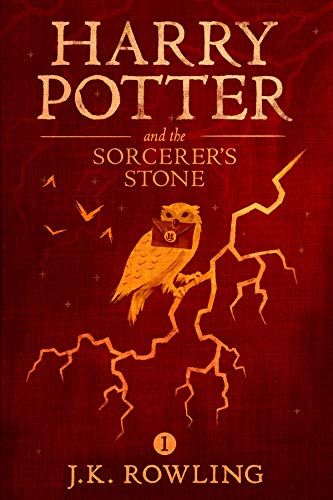Writers work for months or even years, pouring their souls into their manuscripts. And then you reach the day when you’re finally finished! That feeling of relief is sadly rather short-lived. Because then you realize that you have several rounds of editing and polishing to do before the book is really done.
After all that comes the most grueling task of all—trying to get your book published. The thickest-skinned of writers still find themselves vulnerable to a cutting rejection letter. Even worse is the fact that most agents don’t respond at all. It’s enough to make a writer feel like just throwing in the towel.
But failing is a part of the road to success. It’s important to remember that every “no” is really more of a “not yet”. Here are five people who powered through rejection and eventually ended up becoming known as some of the greatest and most successful writers of all time.

1) Madeleine L’Engle
Though it’s hard to imagine now, A Wrinkle in Time was almost never published. Editors thought the book—which deals with theology and quantum physics—would be too challenging for children. Once the book had been submitted to over forty publishers, L’Engle’s agent sent it back and they gave up.
L’Engle wrote, “I was, perhaps, out of joint with time. Two of my books for children were rejected for reasons which would be considered absurd today. Publisher after publisher turned down A Wrinkle in Time because it deals overtly with the problem of evil, and it was too difficult for children, and was it a children’s or an adults’ book, anyhow?”
After a publisher finally took a chance on the book, it went on to win the 1963 Newberry Medal and become a much-beloved classic by both children and adults.

2) Stephen King
When Stephen King was having a tough time with writing the rough draft of Carrie, he tried to throw it away. But his wife pulled the pages out of the trash and urged him to finish it. Unfortunately the troubles only continued from there. The book was rejected thirty times, with one publisher saying, “We are not interested in science fiction which deals with negative utopias. They do not sell.”
But despite almost giving up on the book early on, King was well-acquainted with handling rejection after years of submitting short stories. He wrote, “By the time I was fourteen... the nail in my wall would no longer support the weight of the rejection slips impaled upon it. I replaced the nail with a spike and kept on writing.”
It was this resilience that kept King going until Carrie was accepted by the thirty-first publisher. While hardcover sales were disappointing, the paperback version of Carrie went on to sell over a million copies in its first year. The novel was also adapted into a very successful film. To date Stephen King has sold over 350 million books worldwide.

3) Dr. Seuss
Theodore Geisel’s first book, And to Think That I Saw It on Mulberry Street, revolves around a young boy who wishes to tell his father an interesting story about his walk home from school—even though the walk wasn’t interesting at all. The eventual king of children’s literature had a great deal of trouble finding a publisher, receiving twenty-seven rejections.
The book might never have been published if Geisel hasn’t run into a friend in New York who had just become a children’s book editor. Geisel told his friend that he was giving up on the book and planned to destroy it, but the editor asked to take a look. The book was published in 1937, launching Geisel’s brilliant career.
It’s hard to be strong enough to make it through torrents of rejection alone. Sometimes writers—even one as iconic as Dr. Seuss—need a friend to remind them not to give up.

4) L.M. Montgomery
After L.M. Montgomery finished writing Anne of Green Gables, she sent it out to several publishers. But she received a rejection from every single one. Disheartened, she put the manuscript away in an old hat box.
Two years later, Montgomery found the book, reread it, and decided to try again. This time Anne of Green Gables was accepted by L.C. Page & Co. in Boston and published in 1908. The book was an immediate hit and kicked off Montgomery’s successful career as a novelist.
It’s tempting to throw something out when you think you’ve failed. But sometimes all you need is some time and a set of fresh eyes to be able to see that you should give your story another chance.

5) J.K. Rowling
As wealthy and successful as the Harry Potter author is now (her current net worth is estimated to be between $650 million to $1.2 billion), she certainly didn’t start out that way. She was an unemployed, poverty-stricken single mother— “as poor as it is possible to be in modern Britain without being homeless”, as she puts it. Still she found the will to pen Harry Potter and the Sorcerer’s Stone and get herself an agent.
But then her story got rejected. It got rejected over, and over, and over. Twelve publishers altogether said no (much to their eternal regret). It wasn’t until the Bloomsbury founder’s eight-year-old daughter showed interest in the story that the publisher decided to take the book on. And even then Rowling’s editor encouraged her to get a job teaching since she wasn’t likely to make much money writing children’s books.
Today more than 500 million copies of the Harry Potter books have sold worldwide, with over 180 million copies in the U.S. alone. But if Rowling hadn’t persevered through those early hardships and rejections, who knows where she might be now? She has said, “‘It is impossible to live without failing at something, unless you live so cautiously that you might as well not have lived at all—in which case, you fail by default.”